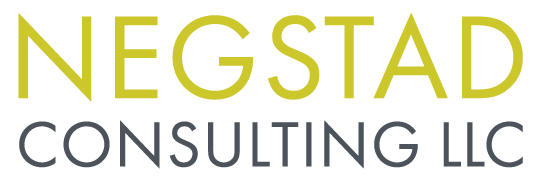5 Minutes on Two Big Ideas For Leading In Complexity
What does it look like to lead in a complexity?
That's one of the big questions Margaret Wheatley's book, "Who Do We Choose to Be? Facing Reality, Claiming Leadership, Restoring Sanity," is helping me explore.
It's an inspiring and practical leadership book. And, unlike typical leadership books, it's a beautiful mix of essays, poetry, science, and history.
She’s been deeply thinking about leadership for decades. Her wisdom always brings me new insights.
Like this:
“We may learn more about leadership if we study it as an entrustment of context, and not as a twinkle bestowed upon a few select individuals from the heavens above.”
I read this to say leaders aren’t people with special traits like “charismatic” or “visionary.” Rather leaders are people who give meaning to the work we are doing together.
Or, a similar way to think of it comes from my training in Human Systems Dynamics. They define leadership as taking action and setting conditions for those around you to be successful.
I always struggle with how to live this out in practical terms.
What does giving meaning to the work, or setting conditions, actually look like in practice?
Here are two ideas from the book, woven in with my own.
1. We have to be constantly learning together
As Meg puts it, “Learning is the highest priority.”
I’ve been feeling this a lot as I live out my fifties. I am constantly amazed at the continual learning involved in life and work.
Sometimes I jump into learning enthusiastically.
Other times it feels really hard. Even downright painful when I’m making mistakes along the way.
“By definition, leadership is needed when something has to be done that has never been done before.”
Let that sink in for a minute.
Learning isn’t an option, it’s a mandate of true leadership.
“Meeting unknown circumstances requires rapid and spontaneous learning. In the case of today’s leadership needs, that learning is mutual.”
Another way Meg Wheatley describes this is, “The leader’s task is to ensure that thinking together is just the way we do our work."
She’s talking about true co-creating, co-collaborating here.
I’ve often seen that hierarchy gets in the way of this.
“Thinking together” doesn’t work when we’re too stuck in our roles.
So, how do we move towards a culture of learning and thinking together?
Meg recommends the After Action Review that the military uses. I’ve used both the Before Action Review and After Action Review. They are great tools to learn together as you are doing the work.
Ready to reflect?
When have you been able to co-create a culture of learning on your team or in your workplace?
What did it look like? What did it feel like?
Were there practices or team agreements in place to support ongoing learning?
What stands in your way of doing this more?
2. People need to see what is possible
“I’ve come to see that people need visionary leaders. Not charismatic demi-gods or Masters of the Universe, but people they trust because they embody the values and qualities we’re working toward. Leaders don’t have to be perfect, and it helps to make one’s personal struggles and challenges visible. But people need to see what is possible. That it is possible to live with integrity.”
I think part of being a visionary leader is helping people to sit in the unknown and watch for what’s emerging.
Meg tells us that leaders working in emergence are, “fully engaged, carefully observing what’s going on as we do our work, learning from experience, applying those learnings, adapting, changing. In other words behaving like everything else alive does.”
That’s no easy task. And it takes time for it to become second nature, even if Meg is hinting that it’s the most natural way of being.
If you are working towards being more engaged and adaptive in your leadership, I really recommend this self-assessment tool from the Human Systems Dynamics Institute.
It can help you identify and understand your own capacity for leading in complexity, while identifying areas to work on.
Ready to reflect?
When have you been able embody being a visionary leader?
What did it feel like? What was in place that supported your ability to think big?
What stands in the way of your ability to be fully engaged and carefully observing?
These are big picture, heady ideas. But they impact the every day work of leading in complexity.
What questions did this bring up? What new ideas emerged for you?

